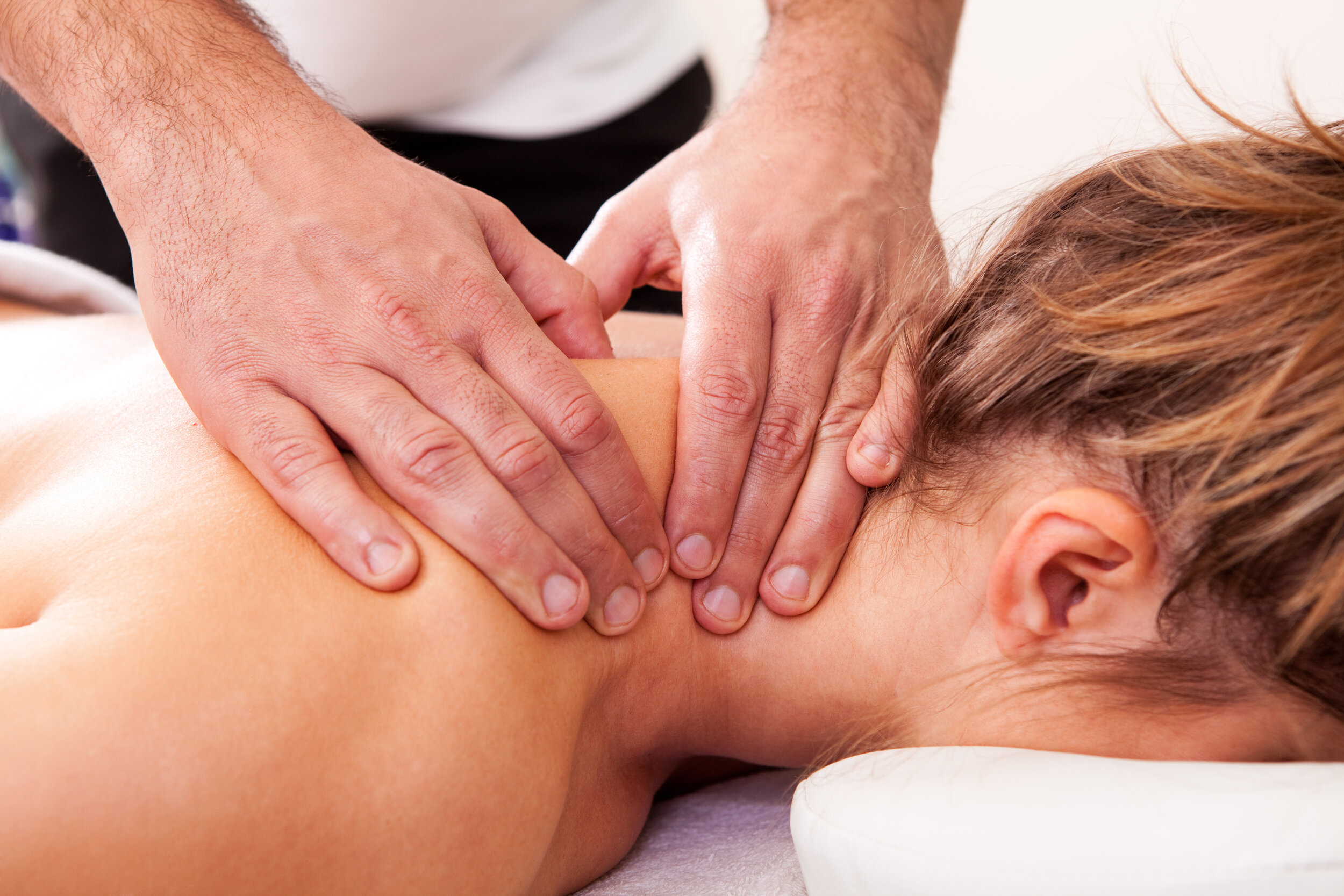
Tension Headaches
A tension headache is the most common form of a primary headache, It happens intermittently in up to 80% of the population.
As the symptoms are not as severe as a migraine, tension headache is only considered a problem if it becomes frequent or long-term. The symptoms include pain behind the eyes, in the neck and head, particularly the forehead, and is often described as feeling like a tight band wrapping around the head. It is believed that muscle tension, and the central nervous system play a role.
Frequent tension headache is recognised when you experience at least 10 headaches in a one month period. There are varying degrees of frequency and chronicity. Chronic tension headache sufferers report headaches on more than 180 days in a year.
Symptoms of tension headache
Pain on both sides of the head, across the temples, over the eyes and forehead and wrapping around the head Pressing or tightening in nature
Mild to moderate intensity (and will not tend to interrupt or inhibit your ability to work or continue daily activities)
Tension headache sufferers can experience symptoms associated with migraine such as nausea and a hypersensitivity to light and noise, but usually only one of these symptoms
The team at Auckland's new Headache & Migraine Clinic have specific training in treating tension headaches, and are here to help you.
What triggers a tension headache?
Poor posture - including desk, computer work, work space environment, and sleeping position
Long periods looking at screens
Eye stress, related to poor vison not being corrected with lenses or eye stress from blue light rays from screens Fatigue
Drop in blood sugar, not eating at regular intervals
Although tension headaches, as the name suggests, are frequently triggered or aggravated by stress, they can also stem from poor nutrition, fatigue, insufficient sleep, alcohol use, hormonal fluctuations, and weather changes.
How is a tension headache diagnosed?
There is no one specific test that identifies tension-type headache. Your diagnosis will be made based on your symptoms and how you respond to different treatments. If you keep a headache diary this will help your healthcare practitioner determine any patterns or identify any triggers which can help in diagnosing the type of headache you have and advise you on how to prevent them.
How can you avoid triggering a tension headache?
Take regular breaks from sustained postures and screen time.
Correct your posture at work with advice from your physical therapist about correct seat, desk and computer height.
Change your sleeping position and pillows to ensure good alignment in bed, your physical therapist can help with this.
Learn relaxation techniques, meditation, mindfulness, deep breathing techniques which you can do throughout the day to relieve tension.
Regular massage will relief from stress and tension and maintain good mobility and muscle length avoiding the build-up of muscle spasm in your upper back and neck. Massage promotes the release of endorphins – happy hormones – which are proven to reduce stress.
Regular physical activity or exercise is excellent in relieving stress and mobilising or strengthening muscles and joints. Exercise has also been proven to release endorphins which can relieve stress and trigger a positive feeling in your body.
Our approach
If neck pain or stiffness is a symptom you experience in association with tension headaches, have your cervical spine assessed by a skilled practitioner to ‘rule in’ or ‘rule out’ your neck as a cause of your tension headaches.
We know that tension headache like other headaches share the same underlying issue - a ‘sensitised’ brainstem. Nerve cells in the brain stem have become over exciteable and are unable to turn ‘off’ . Our approach involves finding the neck segments responsible for sensitising your brainstem and treating them, thereby desensitising the brain stem for long term relief.

